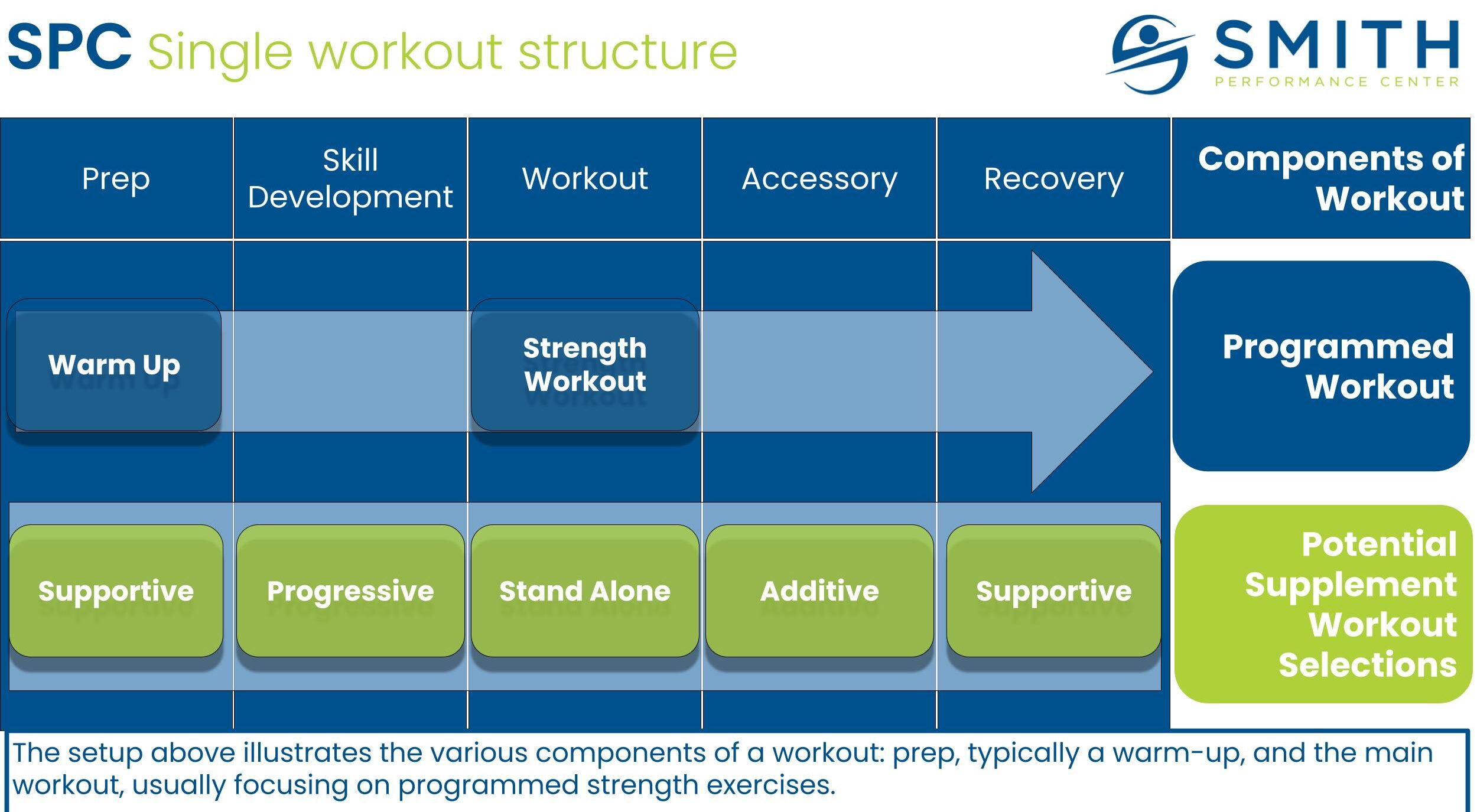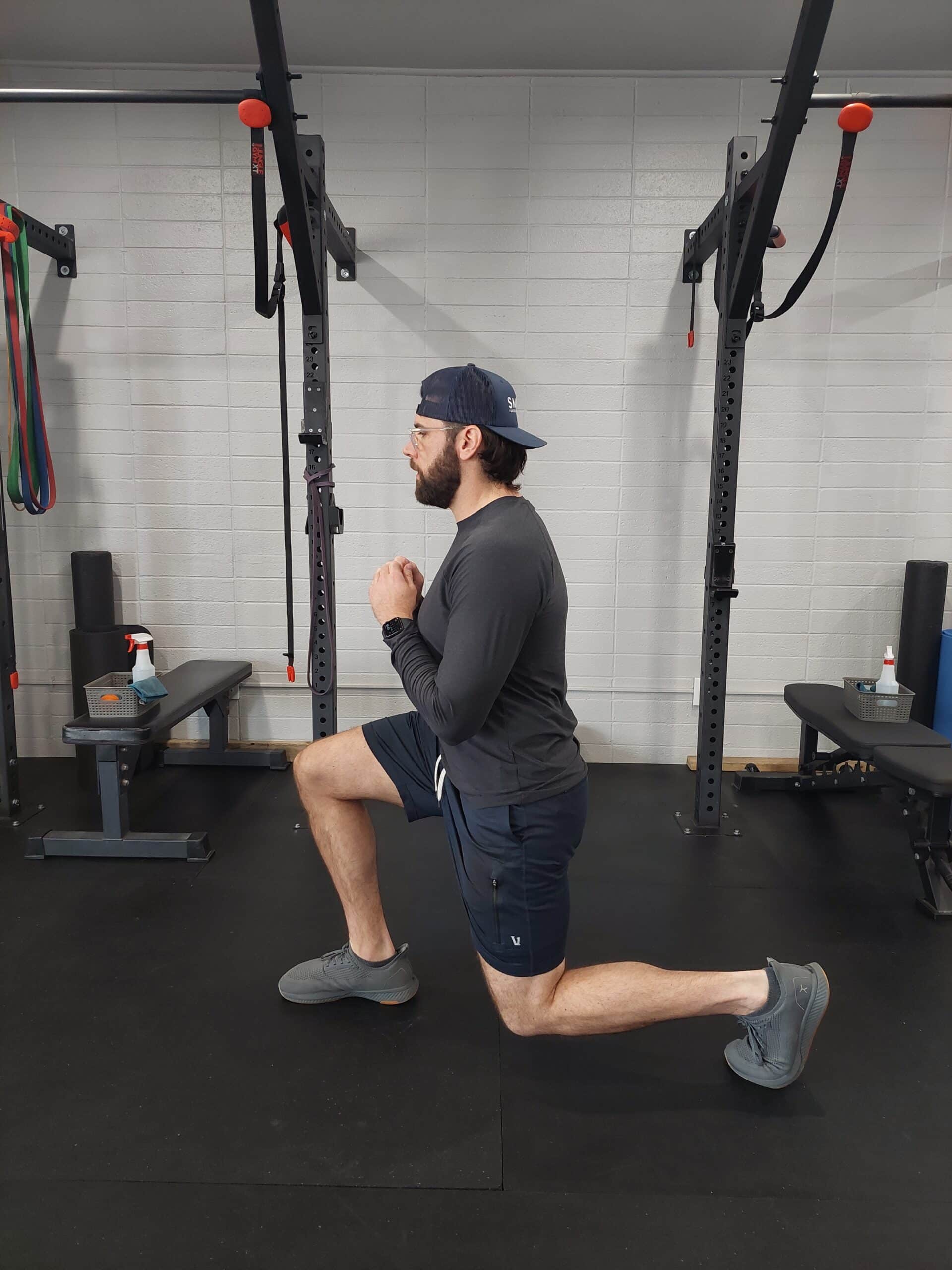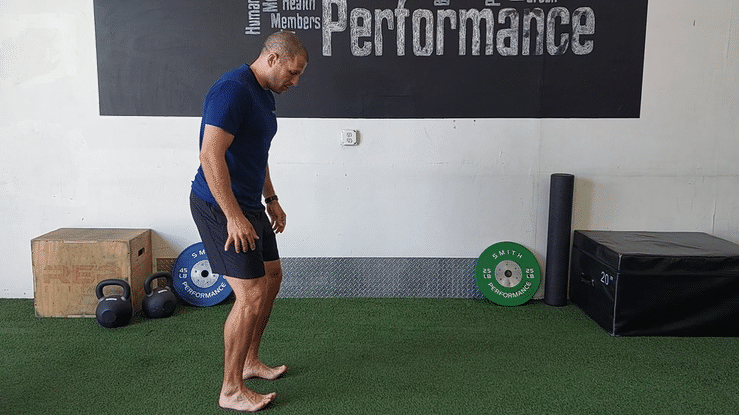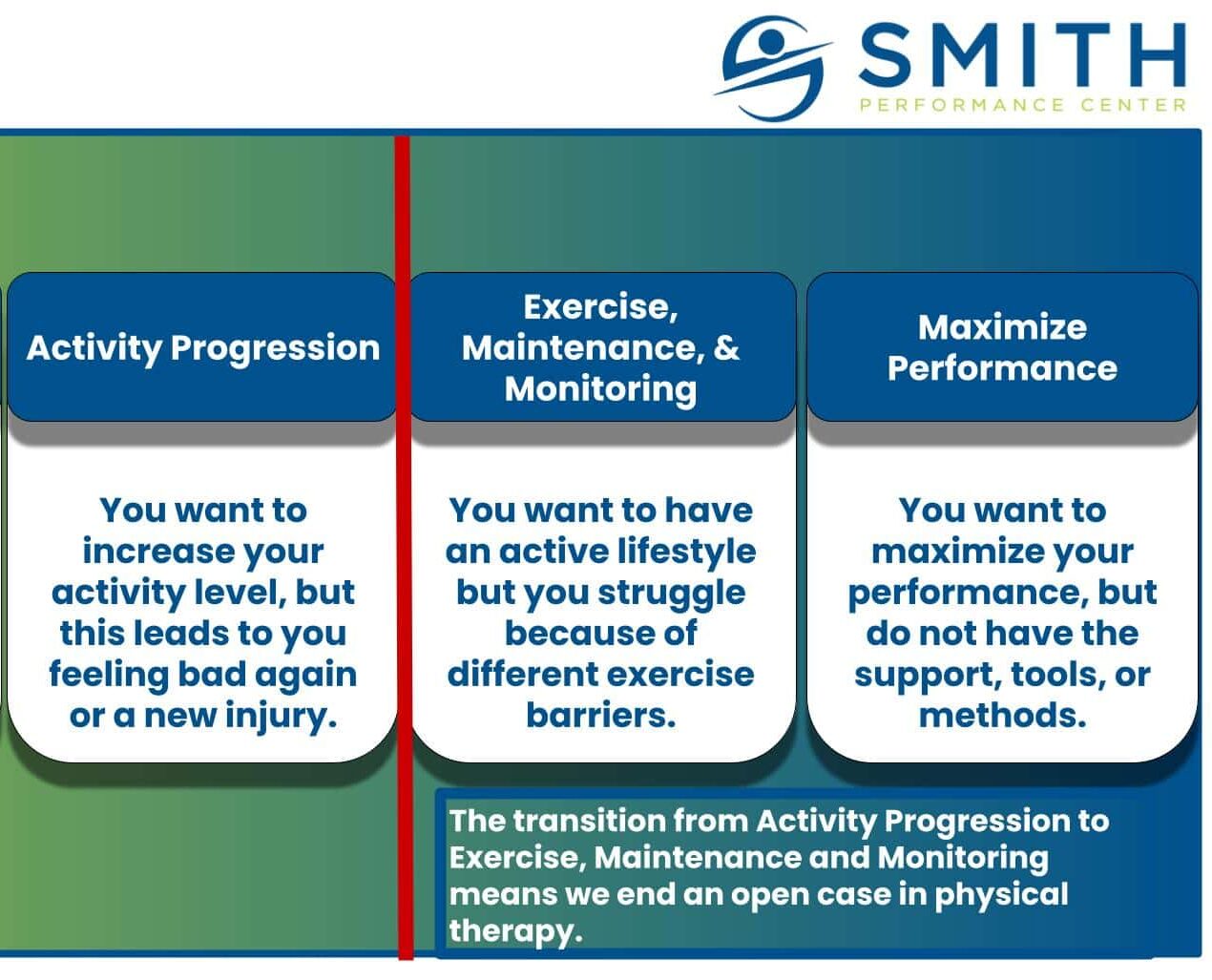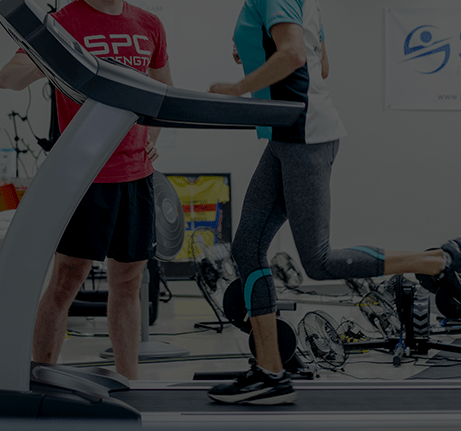Congratulations, you’ve embarked on the journey of resistance training.
As you delve into the realm of exercise, one of the first topics you will hit is to up your protein intake. Unlike a few areas that may seem superfluous, it is an important area to get the right nutrients, with protein taking center stage.
Here’s a brief overview to ensure you maximize the benefits of your training regimen through adequate protein consumption.
Amount
To optimize muscle growth and recovery, aim for a protein intake ranging between 1.6 to 1.8 grams per kilogram of body weight daily. This can be confusing, since we do not use the metric system on a daily basis, so we will show both grams to pounds ratio and grams per kilogram of body weight.
| Metric | Imperial | Example | |
| kg to lbs | 1 kg | 2.2 lbs | 180 lbs man weighs 81.6 kg |
| g to oz | 1 gram | 0.03 oz | 16 oz can weighs 453.6 g |
For instance, if you weigh 150 pounds (lbs), you should aim for approximately 0.72 to 0.82 ounces (oz) per pound of body weight (1 kg equals 2.2 lbs), which translates to approximately 108 to 123 grams of protein per day (1 g equals 0.03 oz). Similarly, if you weigh 200 pounds, your target protein intake would be around 0.72 to 0.82 ounces per pound of body weight, which equals approximately 144 to 164 grams per day.
This range has been shown to support muscle protein synthesis, essential for repairing and building muscle tissue in response to resistance training.
Type
When it comes to protein sources, the options are plentiful. You can choose from natural sources such as lean meats, poultry, fish, eggs, dairy products, legumes, nuts, and seeds. Additionally, there’s a vast array of protein powders, drinks, and bars available in the market. These products offer convenience and often come in various flavors and formulations to suit individual preferences.
Here are some of our favorite specific types:
Muscle Feast Hydrolyzed Whey Protein - Normal protein causes significant stomach bloat/discomfort for me, so I have to utilize hydrolyzed protein powders. Due to hydrolyzed protein being a version that is more refined (the amino acids have been broken down to their simplest form) my stomach doesn’t have nearly as big a problem digesting it versus regular whey or plant-based proteins. I chose Muscle Feast in particular because they use grass-fed and pasture-raised cows to produce their protein. The happier the cow, the better the protein.
Strength Coach Kenny Sewall Tweet
I like True Nutrition Whey Protein Isolate Cold Filtration. You can get it unflavored or with a variety of different flavor options (I confess I like the chocolate fudge brownie). I have not had any problems with digestion.
Strength Coach Ursula Nelson Tweet
Here are the ones I recommend: Muscle Feast Grass Fed Whey Protein Powder Garden of Life Grass Fed Whey Protein Powder Garden of Life Plant based Protein Powder Orgain Ready to Drink (RTD) Whey or Plant based Protein Drink
Strength Coach Sean McConnell Tweet
Despite the abundance of protein sources, some challenges may hinder your efforts to meet your protein needs effectively.
Insufficient Intake
The primary issue faced by many is not consuming enough protein. Busy schedules, dietary preferences, or lack of awareness often lead to inadequate protein intake, hindering muscle growth and recovery.
Coach Take: Many people aren’t aware of how little protein they eat, so starting by tracking your current intake and comparing that to a protein intake goal is a great way to start.
-Ursula
Digestive Discomfort
Another common challenge, particularly with protein powders, is digestive discomfort. Some individuals may experience bloating, gas, or stomach upset due to certain protein formulations or ingredients. This can deter consistent protein consumption and may necessitate exploring alternative sources or formulations.
Addressing Challenges
To overcome these challenges, we recommend the following solutions:
Diversify Protein Sources
Incorporate a variety of protein-rich foods into your diet, including both animal and plant-based options. This not only provides a broader spectrum of essential nutrients but also reduces the risk of developing aversions or intolerances to specific protein sources.
This can also show which sources your body does not like and need to be avoided in your diet.
Coach Take: Remember that there is a difference between animal and plant proteins. If you are not consuming animal protein, it is even more important to track your protein intake because it is harder to get enough.
-Kenny
Trial and Error
If you encounter digestive issues with certain protein powders or supplements, experiment with different brands, formulations, or types of protein (e.g., whey, casein, soy, pea).
We recommend that you pay attention to ingredient lists and opt for products with fewer additives or artificial ingredients.
Meal Planning and Timing
We do not recommend obsessing over setting a detailed plan that requires you to consume protein every 1–2 hours.
Instead, focus on meeting your daily protein target without fixating on specific meal timing. The amount of protein you consume is more important than trying to adhere to an exact schedule. There is even some evidence that your body will take advantage of the protein you consume in the last 12 hours after a workout.
However, if you struggle to get the amount you need, consider making adjustments to your meals. Make a plan to add more protein to each meal you are currently having. Think about getting those protein-rich foods such as lean meats, poultry, fish, eggs, dairy products, legumes, nuts, or seeds into meals that you regularly eat.
If increasing protein in your meals doesn’t suffice, which means you are not hitting that 1.6 to 1.8 grams per kilogram of body weight, you may consider adding a protein supplement to your daily food routine.
Protein powders, drinks, or bars can provide a convenient and effective way to boost your protein intake and support your fitness goals.
Coach Take: I find that I have a goal of 100 to 120 g of protein a day but don’t always meet it. So the goal is there but I don’t beat myself up over it, but try to look at what I ate that day and how to improve the next day. I do try to think about making sure I have some protein with every meal.
-Ursula
Consult a Professional
Our coaches can provide standard protein intake recommendations along with suggested sources, but if you struggle to meet your protein requirements or experience persistent digestive issues, we strongly recommend consultation with a registered dietitian.
They can provide personalized recommendations tailored to your unique needs and goals.
Summary
Prioritizing protein consumption and addressing potential issues helps you gain the full benefits of resistance training while optimizing muscle growth, enhancing overall performance and well-being, alleviating excessive soreness, and improving recovery.
If you have any questions, let our team know!

